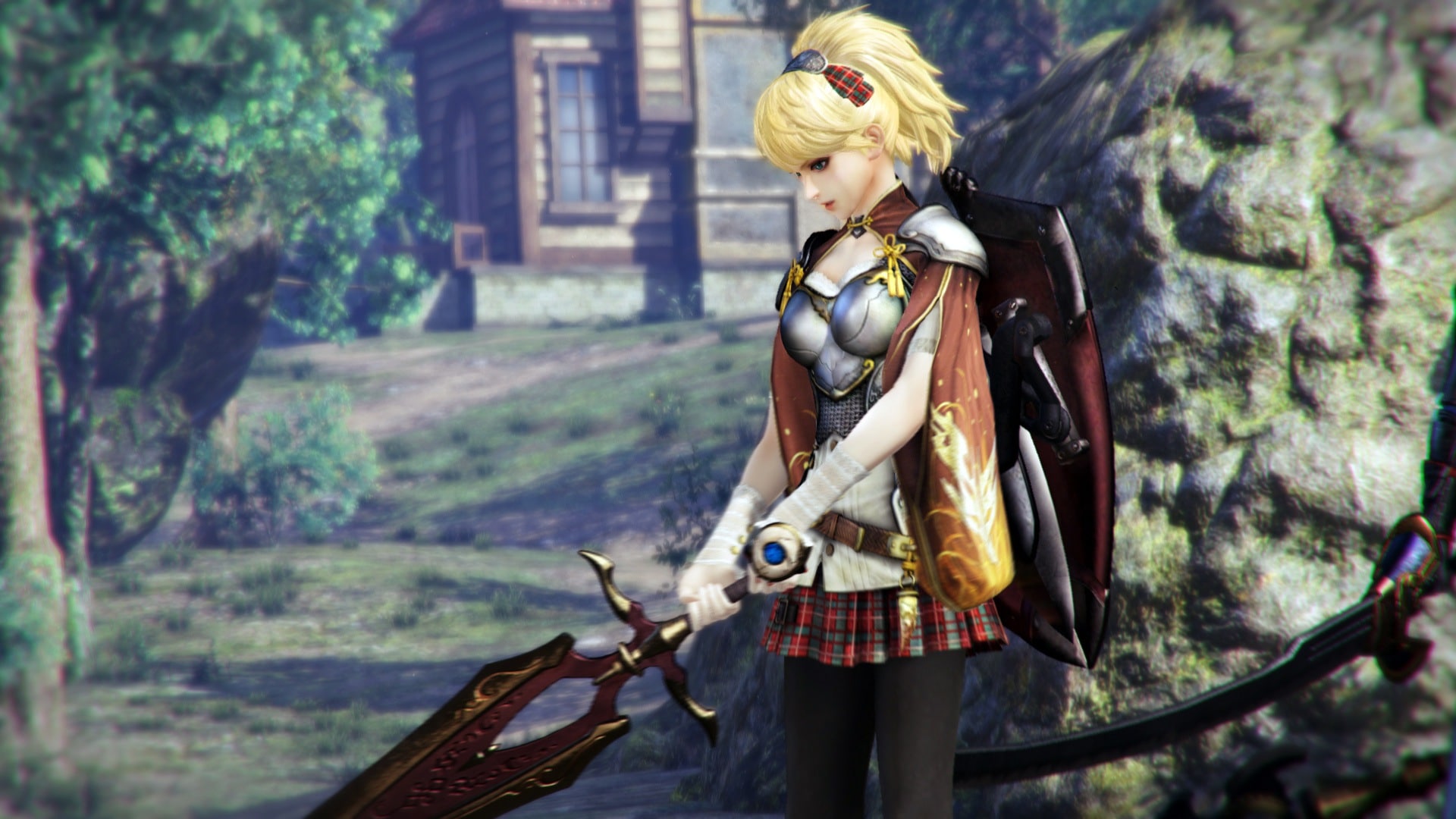

Whether with CPU-controlled or real life hunters, boss encounters were a pleasing spectacle, tasking party members with hacking the limbs off of oni, then distracting the incensed creature as the appendage was purified. There were also AI assistants for most missions- characters who showed a bit of aptitude, and when behavior subroutines went wayward, allowed players to direct party members with a press of the directional pad. Whereas Monster Hunter’s combat required players to carefully watch for enemy tells before committing to a drawn-out strike, Toukiden’s ordinary battles were more spontaneous- built around combinations of weak and heavy strikes. But narratively, they added gravitas to the game, referencing the type of spiritual unity that’s often attempted by games but is rarely executed successfully. Mechanically, they functioned as power-ups, with players depositing Mitama into weapon sockets to increase stats or endow the players with new abilities. Most interesting was the inclusion of Mitama, which represented the recovered souls of heroic but defeated warriors. Moreover, there was a tender sense of chivalry between the demon slayers, suggesting a comradery cultivated by a formidable foe and the near-inevitability of defeat.

Conversations conveyed the emotions of characters without becoming overly verbose. For one, the game exhibited an unlikely balance between exposition and oni execution. In execution, the ‘defend the village’ premise might have seemed a bit hackneyed, but Toukiden’s storytelling techniques gave players a reason to care about the plight of the settlement. After the protagonist’s homeland was destroyed, the character migrated to the stronghold, making one final stand against the encroaching beasts. The last outpost of hope was a settlement named Utakata Village, where a handful of outnumbered demon slayers relentlessly pushed back. Once gamers fashioned an avatar from the rudimentary character creation suite, they were thrust into Toukiden’s plotline, which depicted a surge of oni having conquered the majority of the realm. For one, the game’s narrative was surprisingly robust, offering congenial characters who each conveyed realistic motivations.

While abiding by genre tenets, a few elements distinguished Toukiden: The Age of Demons from its brethren.

Habitually, gamers recycled the remnants of their prey, using body and soul to bolster the effectiveness of weaponry and armor. In turn, each title provided a variety of creatures to stalk and slay, with players using an arsenal that was as potent as it was diverse. However, there was little reason to pity PS Vita owners, with titles like Soul Sacrifice, Freedom Wars, Ragnarok Odyssey ACE, and Toukiden: The Age of Demonsclosely following Monster Hunter’s formula.
TOUKIDEN 2 VITA CROSSPLAY SERIES
Once a multiplatform franchise which graced the PlayStation 2, PSP, and Wii, in recent years the series has espoused Nintendo exclusivity. If the success of a game can be measured by the number imitators it spawns, then Monster Hunter is irrefutably triumphant.


 0 kommentar(er)
0 kommentar(er)
